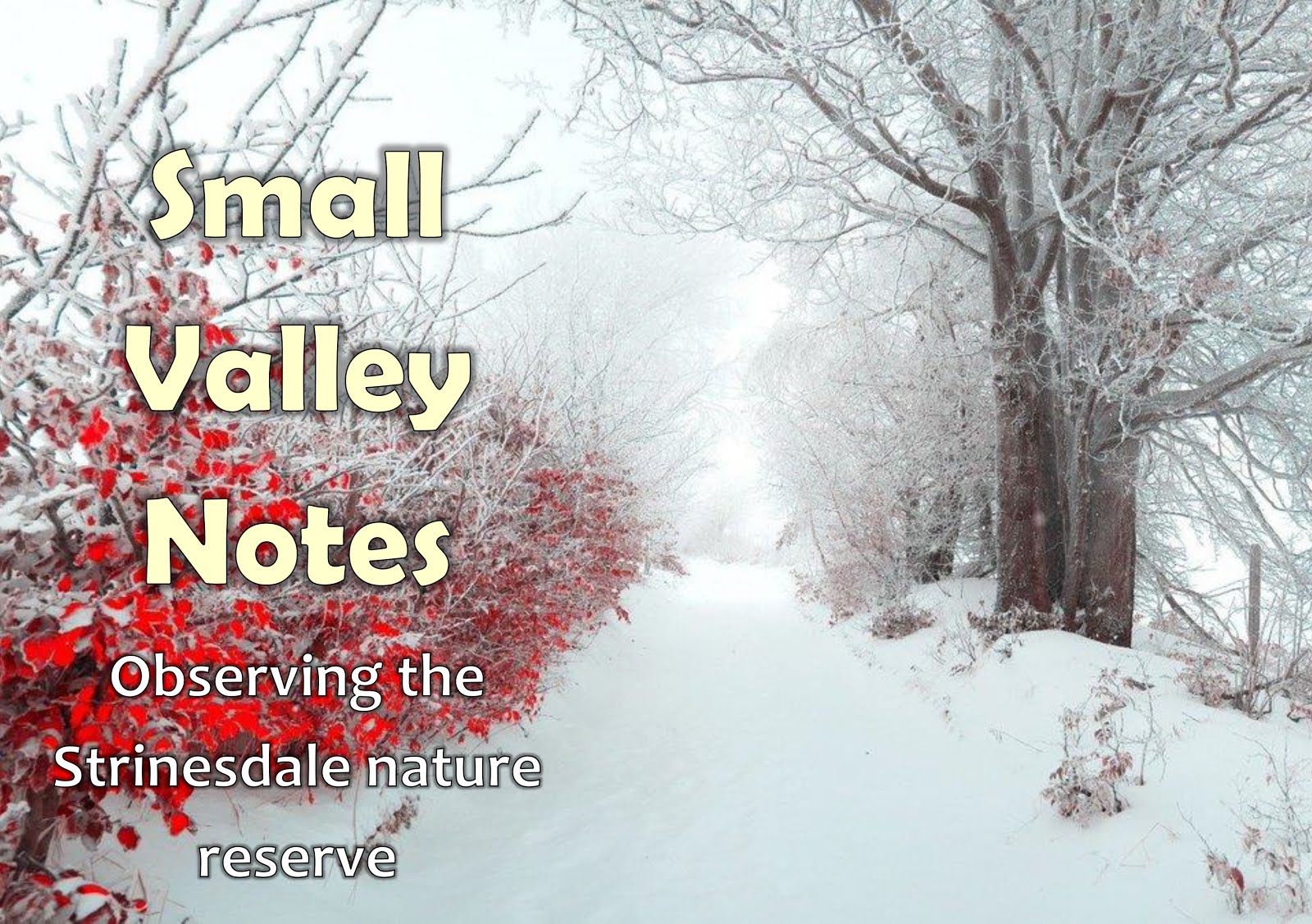 |
| Dipper |
The bareness of winter trees can give a different perspective to familiar sights. When the leaves are off, a walk along Waterworks Road offers a striking view of the Golden Steps. Seen from the road they appear steep, like part of an ancient temple hewn from solid rock, while walking beside the steps suggest that they have only a moderate slope. While this marvel of Victorian construction may be enjoyed for the quality of the stonework — which never seems to deteriorate — it also provides a perfect habitat for a pair of those wonderful aquatic bids, Dippers. The birds depend on very clean water which supports the tiny creatures on which they feed. The tunnel beneath the car park offers a secure nest site and one wonders how many generations of
Dippers have nested here. They are unique and delightful, dark with a white breast and eyelids, their busy and bobbing movements always interesting. I worry that one spring they will be absent but last week, after freezing temperatures followed by a heavy torrent flowing down the slope, a pair were about their usual activities.
Dippers have nested here. They are unique and delightful, dark with a white breast and eyelids, their busy and bobbing movements always interesting. I worry that one spring they will be absent but last week, after freezing temperatures followed by a heavy torrent flowing down the slope, a pair were about their usual activities.
It goes without saying that evergreen plants can be of great value during winter and I find ferns to be admirable at this sunless time of year. Fine specimens of one of the best, the Harts-Tongue Fern, grow here and there around Strinesdale and a spreading colony adorns the remaining wall of the demolished waterman’s cottage. The undivided glossy blades make the wild fern a suitable garden plant and in ancient herbal medicine it was recommended ‘for removing gravelly deposits in the bladder’. Such ferns are useful for shady areas and I recently passed a small and dark front yard where two high-quality glazed pots accommodated large and distinctive ferns which looked superb.
 |
| Harts-Tongue Fern |
There had been an odd mild day when it is always possible always possible to believe that spring will eventually arrive. With higher temperatures comes a volley of birdsong from any area with trees. The greatest carrying-power emanates from the Mistle Thrush — repetitive but having a golden quality. Song Thrushes chatter hard and improvise, marking out territory, and further back in the trees a Wren is trilling Morse Code.
As I was contemplating the aforementioned wall-grown ferns the other afternoon at dusk, a grey shadow fluttered across the path, side-slipping upwards to alight on the wall. A small bird sped away to safety. I had disturbed the process by which a female Sparrowhawk secures her evening meal.







